



Nomad Press is committed to preserving ancient forests and natural resources. We elected to print Maya: Amazing Inventions You Can Build Yourself on 4,007 lbs. of Williamsburg Recycled 30% offset.
Nomad Press made this paper choice because our printer, Sheridan Books, is a member of Green Press Initiative, a nonprofit program dedicated to supporting authors, publishers, and suppliers in their efforts to reduce their use of fiber obtained from endangered forests.
For more information, visit www.greenpressinitiative.org
Nomad Press
A division of Nomad Communications
10 9 8 7 6 5 4 3 2 1
Copyright 2012 by Nomad Press. All rights reserved.
No part of this book may be reproduced in any form without permission in writing from the publisher, except by a reviewer who may quote brief passages in a review or for limited educational use. The trademark Nomad Press and the Nomad Press logo are trademarks of Nomad Communications, Inc.
This book was manufactured by Sheridan Books,
Ann Arbor, MI USA.
June 2012, Job #336308
ISBN: 978-1-936749-60-7
Illustrations by Tom Casteel
Educational Consultant, Marla Conn
Questions regarding the ordering of this book should be addressed to
Independent Publishers Group
814 N. Franklin St.
Chicago, IL 60610
www.ipgbook.com
Nomad Press
2456 Christian St.
White River Junction, VT 05001
www.nomadpress.net
C NTENTS
NTENTS IMPORTANT DATES
Timeline of the Maya
IMPORTANT PEOPLE
Names Known to the Maya
IMPORTANT PLACES
Geography of the Maya
CHAPTER 1
Uncovering
an Ancient Legacy
CHAPTER 2
Kings and Priests
CHAPTER 3
Gods and Sacrifices
CHAPTER 4
Merchants
CHAPTER 5
Farming,
Food, and Clothing
CHAPTER 6
Maya Children
CHAPTER 7
Games
CHAPTER 8
Writing
CHAPTER 9
Numbers
CHAPTER 10
Calendars
CHAPTER 11
Majestic Builders
CHAPTER 12
The Arts
IMPORTANT DATES: Timeline of the Maya

The ancient Maya civilization lasted about 3,000 years. Its history is divided into three main time periods: the pre-classic period, the classic period, and the post-classic period. Descendants of the Maya still live in Central America.

2000 BCE-250 CE (pre-classic period): Evolution from hunter-gatherers to farming villages to great cities.
700 BCE: Mayan written language is developed.
400 BCE: Olmec civilization begins to decline.
100 BCE: City of Teotihuacn is founded.

250 CE-900 CE (classic period):
Known as the golden age. Maya kings rule great cities.
450 CE: Teotihuacn is at its peak as the center of a powerful Mesoamerican culture.
500 CE: Many citizens of Teotihuacn flee to Tikal, which becomes the first great Maya city.
600 CE: A mysterious event destroys Teotihuacn. Tikal becomes the largest city in Mesoamerica.
683 CE: At age 80, the greatest Maya king, Pacal II dies.
751 CE: Trade between city-states declines and conflict increases.
869 CE: Tikal begins to decline and is abandoned in 899.

900 CE-1600 CE (post-classic period): Maya flee their southern lowland city-states. Cities in the northern Yucatn continue to thrive until they are conquered by the Spanish.
1224 CE: City of Chichn Itz begins to be abandoned, and people settle outside the city.
1263 CE: The people of Chichn Itz build the city of Mayapn, which becomes the capital of Yucatn.
1441 CE: The people of Mayapn start to leave and the city is abandoned by 1461. After this, warring groups compete to rule over the others.
1502 CE: Christopher Columbus learns of the Maya. Spanish conquistadors set out to claim the resources of the land and people.
1519 CE: Hernn Corts explores the Yucatn and the Spanish begin their conquest of Mexico.
1541 CE: The Spanish conquer the Maya and establish a capital city at Mrida in the northern Yucatn.
1562 CE: A Spanish bishop brutally forces the Maya to accept Catholicism.
1695 CE: The ruins of Tikal are discovered by a Spanish priest who had become lost in the jungle.
1697 CE: The last ancient Maya city, Tayasal, falls to conquistador Martn de Ursa.
1843 CE: John Lloyd Stephens and Frederick Catherwood explore Central America looking for Maya ruins. They publish a book of their travels, sparking world interest in the ancient Maya.
1886 CE: Mayan hieroglyphs begin to be catalogued.
1952 CE: Pacal IIs tomb is discovered at Palenque.
1973 CE: Scholars make breakthroughs in understanding the Mayan written language.
1992 CE: Rigoberta Mench, a Maya woman, wins the Nobel Peace Prize for fighting for human rights for the Maya.
IMPORTANT PEOPLE: Names Known to the Maya


Pacal II: The most famous Maya king, also known as Pacal the Great, or Kinich Janahb Pakal. Ruler of the great Maya city-state of Palenque for 68 years, from age 12 to age 80. The name Pacal translates to shield. After his death he was worshipped as a god.
Shield Jaguar the Great: King of Yaxchiln, a rival city of Palenque, from 681. He died at age 92 in 742 CE. A powerful warrior, he brought many other cities under his control.
Lady Xoc of Yaxchiln: The most prominent wife of Shield Jaguar the Great, Lady Xoc is shown in many Yaxchiln stone carvings.
Waxaklajuun Ubaah Kawiil: Also known as 18 Rabbit, he was the 13th ruler of Copn and one of the citys most famous kings. He ruled from about 695 to 738 CE, when he was captured and sacrificed by a rival king.
Next page
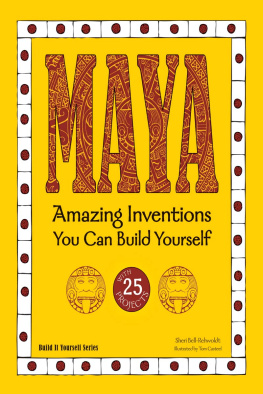


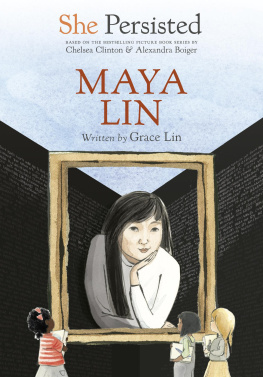
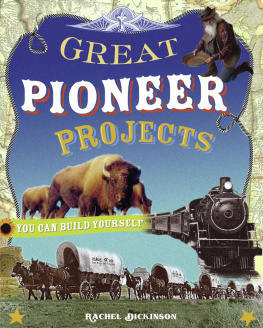
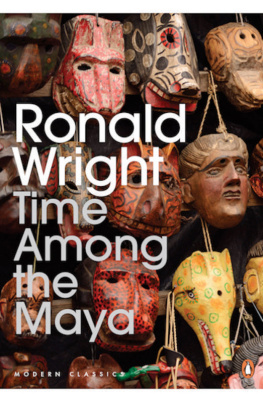


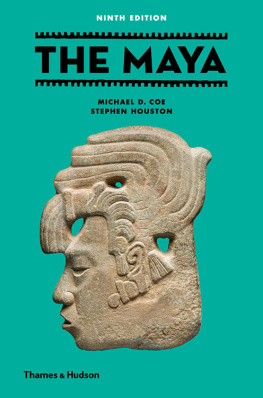






 NTENTS
NTENTS



